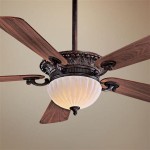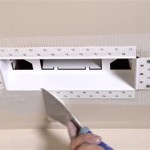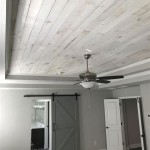How To Cut And Install Crown Molding On A Vaulted Ceiling In Revit
Crown molding is a decorative element that can add a touch of elegance and sophistication to any room. It can be used to frame a ceiling, create a focal point, or simply add a touch of detail. While crown molding is typically installed on flat ceilings, it can also be installed on vaulted ceilings with a little extra planning and effort.
In this article, we will show you how to cut and install crown molding on a vaulted ceiling in Revit. We will cover everything from measuring and cutting the molding to installing it on the ceiling. So, whether you are a professional contractor or a do-it-yourselfer, follow these steps to get the job done right.
Step 1: Measure the Ceiling
The first step is to measure the ceiling to determine how much crown molding you will need. To do this, you will need to measure the length of the ceiling along the wall and the height of the ceiling at the peak. Once you have these measurements, you can calculate the amount of molding you need by using the following formula:
``` Length of molding = (Length of ceiling + Height of ceiling) x 2 ```For example, if your ceiling is 10 feet long and 8 feet high, you will need 36 feet of crown molding.
Step 2: Cut the Molding
Once you have measured the ceiling, you can begin cutting the molding. To do this, you will need a miter saw. A miter saw is a type of saw that can be used to cut angles. When cutting crown molding, you will need to cut a 45-degree angle on each end of the molding. To do this, set the miter saw to a 45-degree angle and then cut the molding.
It is important to note that you will need to cut the molding in two different directions. The first cut will be made on the outside edge of the molding. This cut will be visible when the molding is installed. The second cut will be made on the inside edge of the molding. This cut will not be visible when the molding is installed.
Step 3: Install the Molding
Once you have cut the molding, you can begin installing it on the ceiling. To do this, you will need a nail gun and some finishing nails. A nail gun is a type of tool that can be used to drive nails into wood. Finishing nails are a type of nail that is used to finish carpentry projects. They have a small head that is not visible when the nail is driven into the wood.
To install the molding, start by nailing it to the ceiling along the wall. Then, work your way up the ceiling, nailing the molding into place as you go. It is important to make sure that the molding is level and that the joints are tight. Once the molding is installed, you can fill any nail holes with wood filler and then paint the molding to match the rest of the ceiling.
Conclusion
Installing crown molding on a vaulted ceiling is a relatively simple process that can be completed in a few hours. By following the steps outlined in this article, you can easily add a touch of elegance and sophistication to your home.
Solved Crown Sweep Angle On Vaulted Ceiling Autodesk Community
Solved Crown Sweep Angle On Vaulted Ceiling Autodesk Community

Sloped Vaulted Ceiling In Revit Tutorial

Solved Crown Sweep Angle On Vaulted Ceiling Autodesk Community

Crown Molding With Slab Edges In Revit Tutorial

Sloped Vaulted Ceiling In Revit Tutorial

Solved Crown Sweep Angle On Vaulted Ceiling Autodesk Community

Installing Crown Moulding Part Two Canadian Woodworking

Raking Cornice Part 1 Thisiscarpentry

Armstrong Ceilings Emea Introduction For Revit
Related Posts








